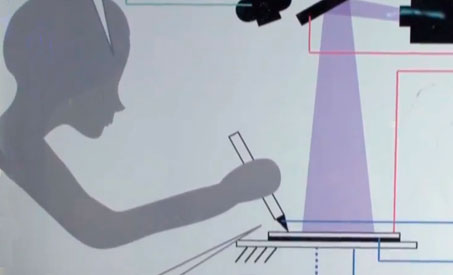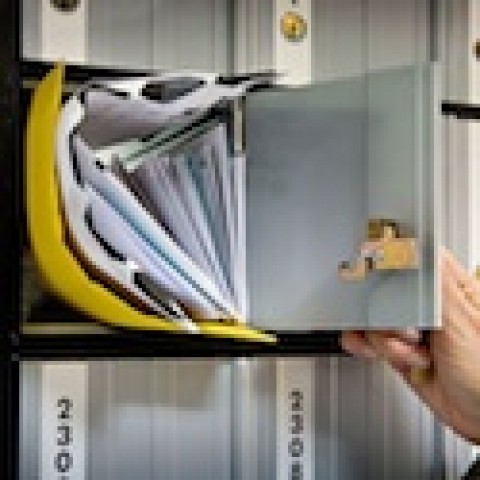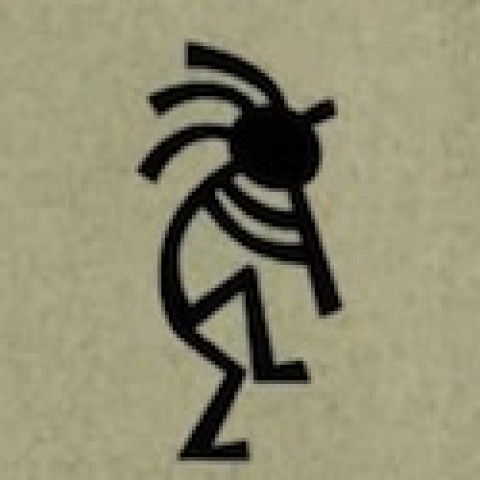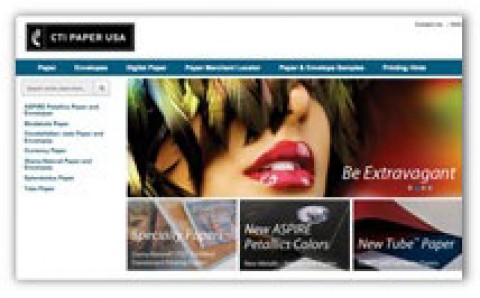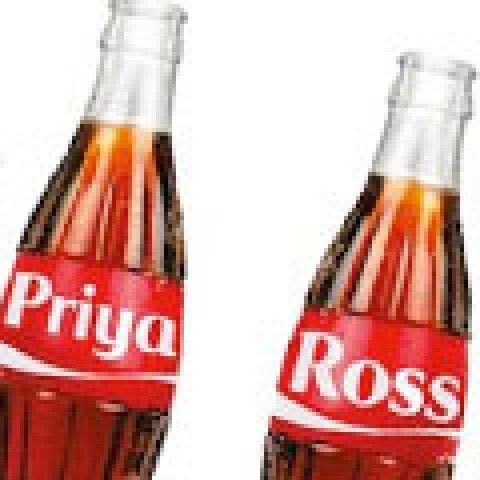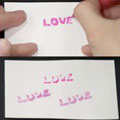
Researchers from the university’s Naemura Group have come up with a way to allow several people to make contributions to a single piece of physical paper, even if they’re in different parts of the world.
While the process, dubbed “paper computing technology,” is being described as a sort of real-world Google Docs, this could open up a whole new set of options for designers, direct marketers and publications. First, let’s take a look at how it works.
[youtube=https://www.youtube.com/watch?v=D8iiqFoXaEI]
Paper is treated with a material that changes color when exposed to light. Words and images can then be drawn on the paper using a special pen containing Frixion thermo-sensitive ink, which disappears when exposed to heat.
A digital UV projector with a 1,024 x 768 resolution is then used to print words or images on the special paper. (A laser underneath the paper can be used to erase part or all of the copy within an accuracy of .024 mm/0.0009 inches.) With the paper placed between a UV projector and laser hooked up to a computer, anyone with an Internet connection can make changes to the paper.
Granted, this technology has the cumbersome quality that burdens every nascent technology, but the principal holds promise for bringing one of the Web’s greatest strengths to paper itself – the ability to change content (words, design, color, etc.) on a publication or packaging remotely, AFTER it’s been distributed.
Create a catalog that is printed on the best premium paper…once…then update it via computer. Demonstrate different package design ideas to a client using one package they possess that you update remotely. All of this while retaining the tactile benefits that only come from paper.
It boggles the mind…

